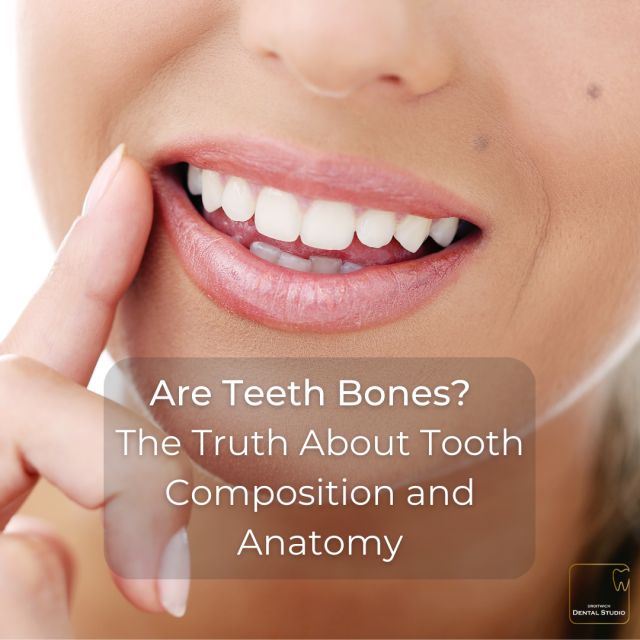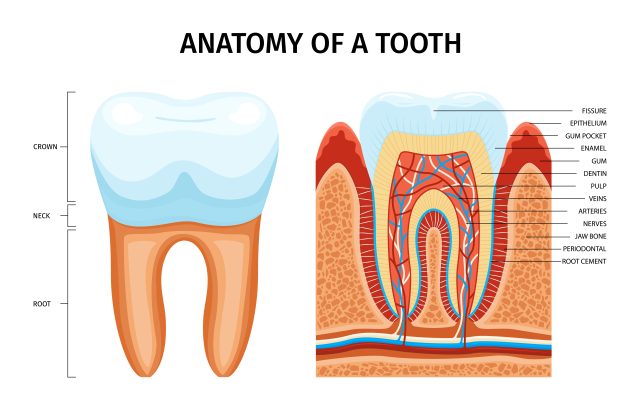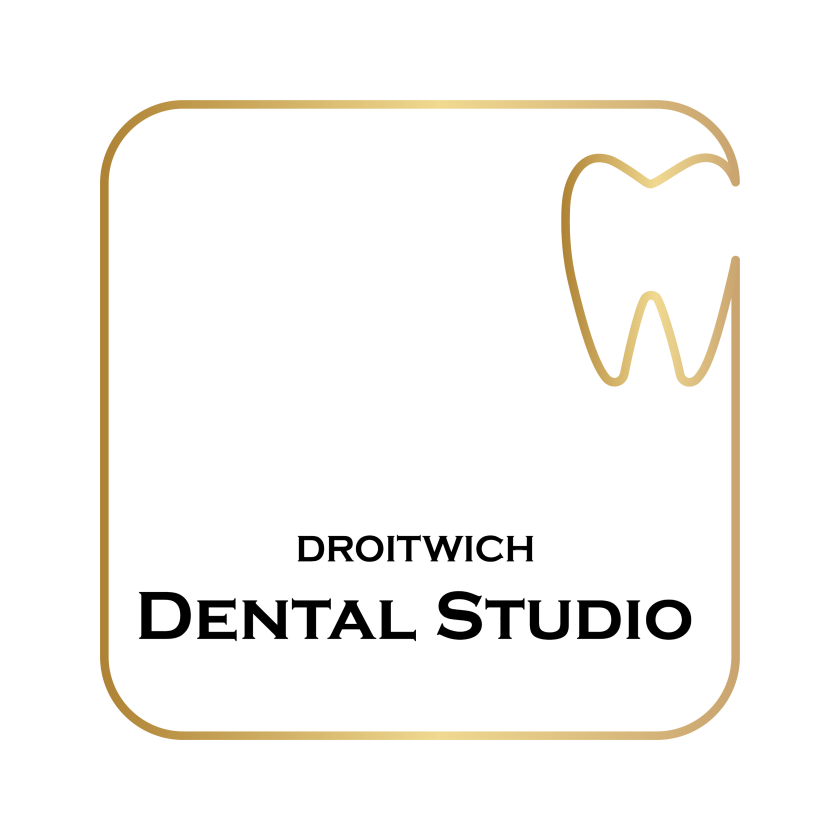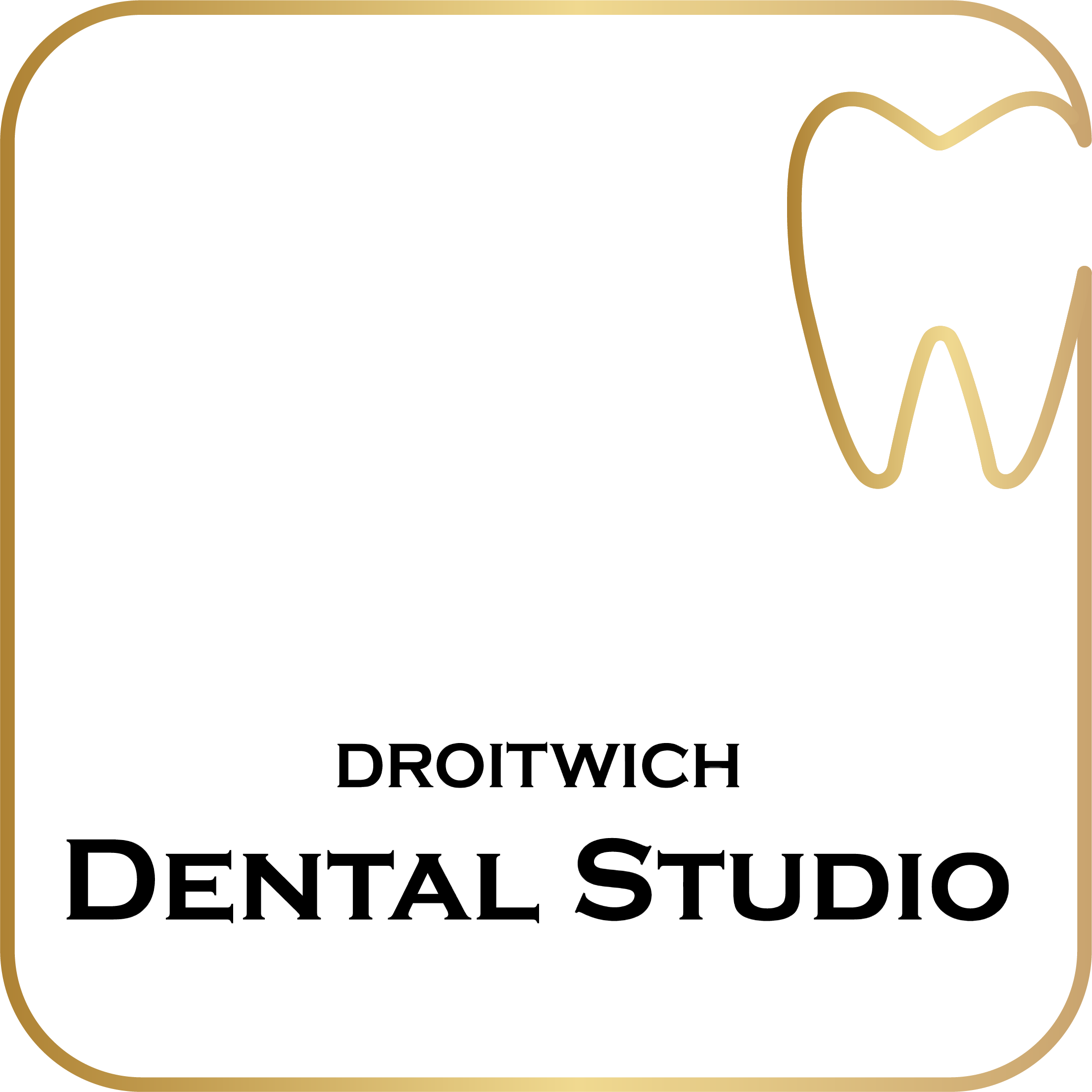Are Teeth Bones? The Truth About Tooth
Composition and Anatomy

The human body is a complex machine that consists of numerous interdependent parts. Teeth and bones are two of the most important structures that play a vital role in our overall health and well-being. While most people know that teeth and bones share a lot of similarities, it’s a common question that often leads to confusion. So, “Are Teeth Bones?” 🤔The answer is no! Keep reading to find out why.
Get In touch
Understanding The Functionality Of Teeth And Bones
Before we delve deeper into this topic, it’s essential to understand the basic structure and function of teeth and bones. Bones are living tissues that make up the skeleton and provide support to the body. They are composed of collagen, calcium, and other minerals that give them strength and rigidity. Teeth, on the other hand, are hard, calcified structures that are embedded in the jawbone. They are essential for chewing, speaking, and smiling.
What Are Teeth Made Of?

Teeth are composed of several different layers that work together to provide function and protection.
Here is the tooth anatomy:
Enamel
Enamel is the hard, outermost layer of the tooth. It is composed of densely packed crystals of hydroxyapatite, which is a mineralised form of calcium phosphate. Enamel is the hardest substance in the human body and provides a protective barrier for the underlying layers of the tooth. Enamel is translucent and ranges in colour from light yellow to greyish white.
Dentin
Beneath the enamel lies the dentin. Dentin is a softer, porous substance that is also composed of hydroxyapatite crystals, but it is less dense than enamel. Dentin is responsible for giving teeth their colour, which can range from yellow to grey. Dentin is also more sensitive to temperature changes and can cause pain when exposed to cold or hot temperatures.
Pulp
The pulp is the soft, innermost layer of the tooth. It is composed of nerves, blood vessels, and connective tissue. The pulp is responsible for maintaining the vitality of the tooth by providing nutrients and oxygen to the surrounding layers. The pulp also plays a critical role in the development of the tooth, as it is responsible for the growth and formation of the dentin and enamel.
Cementum
Cementum is a layer of connective tissue that covers the root of the tooth. It is less dense than enamel and dentin and is composed of collagen fibres and hydroxyapatite crystals. Cementum is responsible for anchoring the tooth to the jawbone by attaching to the periodontal ligament.
Periodontal Ligament
The periodontal ligament is a thin layer of connective tissue that attaches the cementum to the jawbone. It is composed of collagen fibres and other proteins and helps to maintain the stability of the tooth in the jaw.
Similarities & Differences Between Teeth And Bones
Teeth and bones share a lot of similarities in terms of their composition and structure. Both are composed of calcium, phosphorus, and collagen, which makes them strong and rigid. They also have similar blood, nerve, and lymphatic drainage. Additionally, both teeth and bones can undergo a process called remodelling, where they can break down and rebuild themselves in response to external stimuli.
Despite their similarities, some significant differences between teeth and bones set them apart. For starters, teeth are not considered part of the skeletal system, while bones are. Teeth also have a different structure than bones. While bones have a complex network of cells, blood vessels, and bone marrow, teeth are composed of dentin, enamel, and pulp. Teeth also have a different function than bones. While bones provide support to the body and facilitate movement, teeth are primarily used for chewing and grinding food.
So as you now know, teeth and bones are not the same and are in fact, very different! If you have any questions about teeth composition and the anatomy of teeth and the mouth, feel free to reach out to us.
ASK YOUR QUESTIONS HERE
FAQ’s


